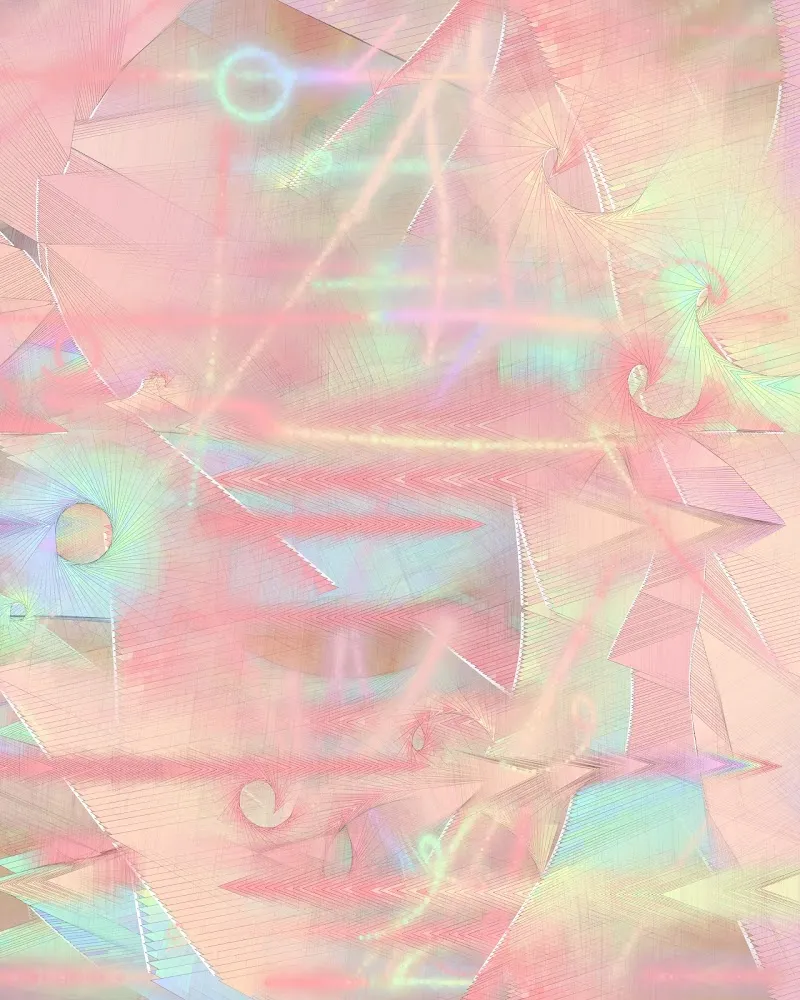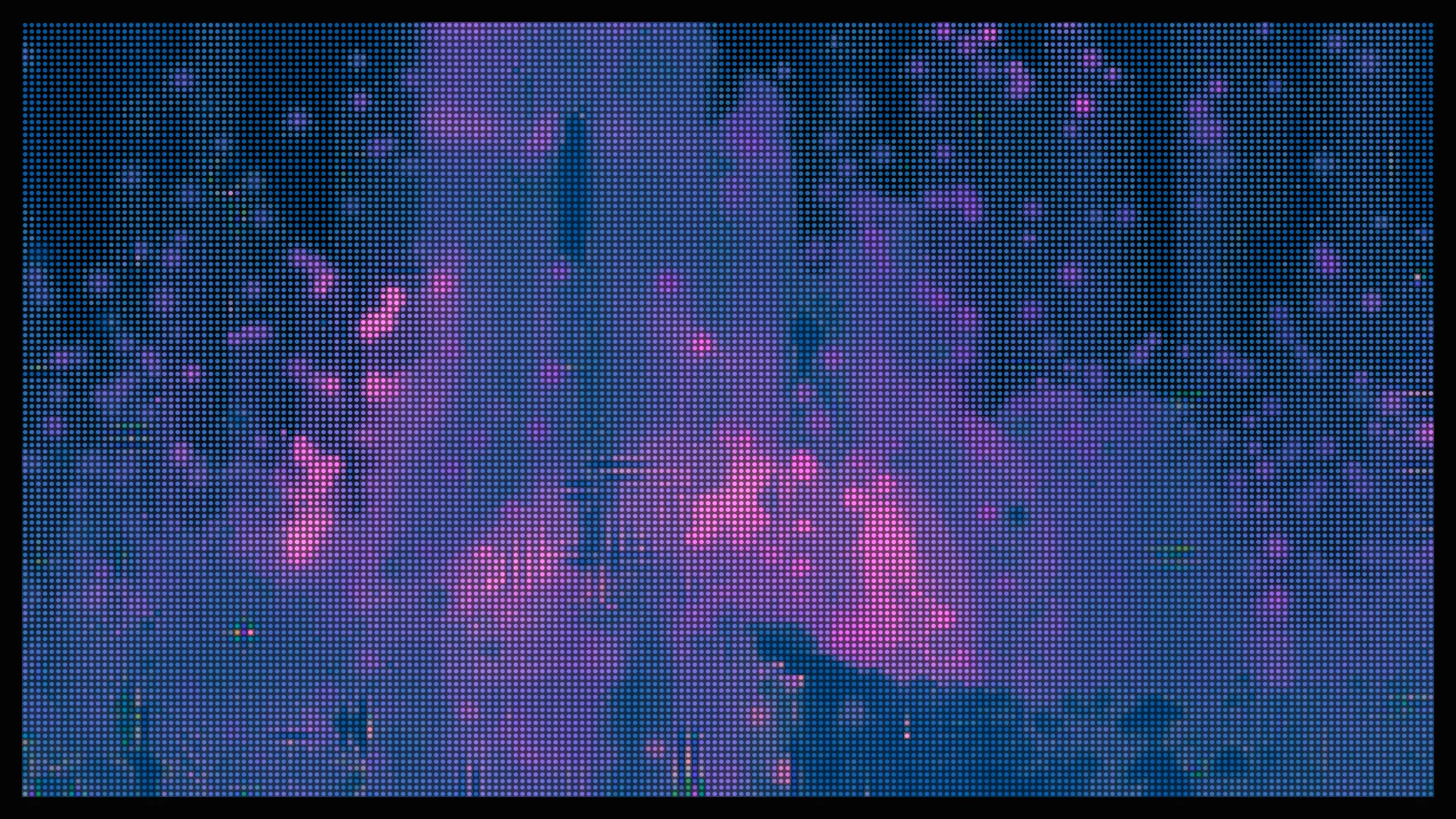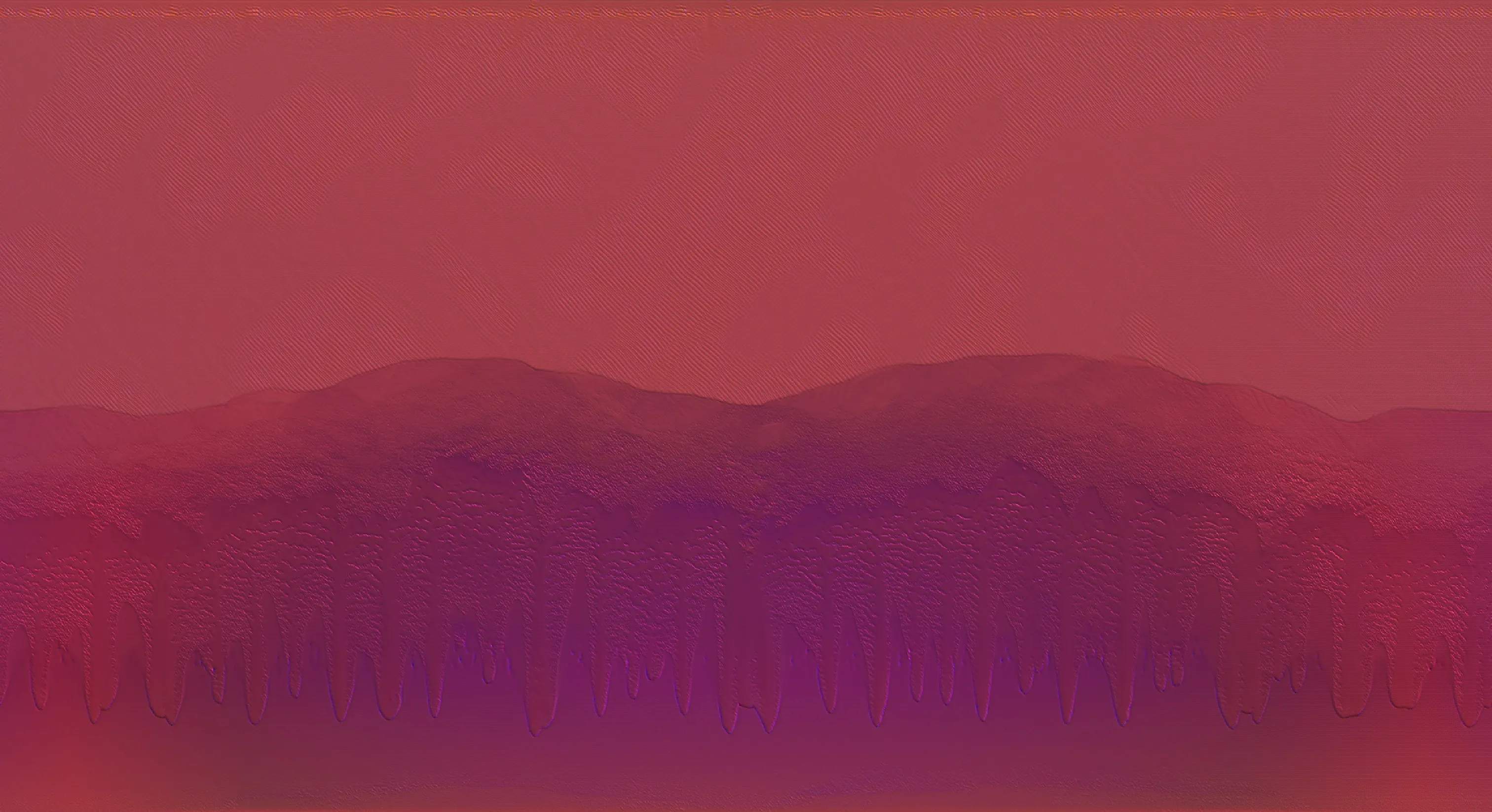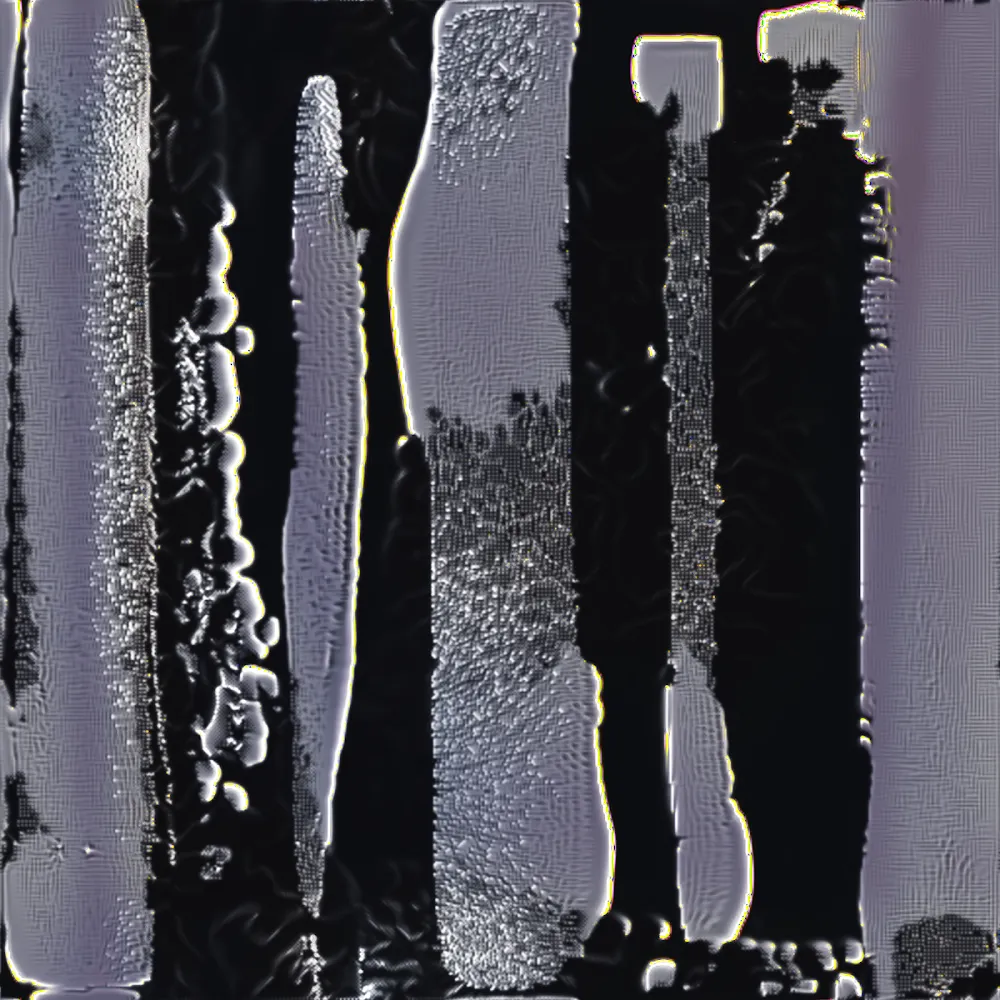Subscribe to get the latest on artists, exhibitions and more.
From Atlas to Zero: Eric De Giuli on Translating Science into Aesthetics

Eric De Giuli in conversation with sssluke from GrailersDAO
S: Hey Eric, It has been almost two years since you released 'Atlas' with us. There are elements of all your series in 'Zero (Broken Symmetry)' ('Cathedral Studies', 'Calian', 'Atlas' etc.) It seems 'Zero' is a continuation of a line of inquiry, namely: 'from the simplicity of natural law, how does the world become so complex?' Did this series feel like a natural progression?

EDG: Yes, 'Zero' continues my attempt to translate scientific ideas into aesthetic form; compared to 'Calian' (what is life) and 'Atlas' (how macroscopic patterns emerge from small scale chaos) the emphasis here is on the dynamical unfolding of structure-building. This is perhaps most evident in the 'pure' outputs, where the horizontal symmetry persists longest.
S: Were there differences with your aesthetic approach and/or were there new technical insights gained in your process for creating this set?
EDG: The four series mentioned have a common framework that is similar to simulating physical systems in 2D. But whereas 'Calian' started from a model of chemical reactions, and 'Cathedral Studies' and 'Atlas' were driven more by aesthetic directions, 'Zero' starts from a model of fluid flow. Under the hood it's very different although there is some convergence just from my taste driving the codes towards common directions. An aesthetic departure from the previous work is that, previously, there was some violence in the motion that was conceptually important. Here instead I wanted to remove that element while maintaining interest more through development in form and colour. This is associated to some technical differences (running in discrete vs continuous time) but that will only be legible to the coders or scientists in the audience!

S: 'Atlas' was an RNG mint and 'Zero' is artist-curated. Can you elaborate how you came to that decision? Do you have any regrets that 'Atlas' was not curated?
EDG: I like the idea of collectors getting to choose their mint according to their taste; that requires selecting mints in advance. I designed 'Zero' originally as a RNG mint, and the final selection is not heavily biased from the RNG odds. However, it was fun to manually take the snapshots that are used as preview images.
With respect to 'Atlas', I did enjoy selecting a few artist-curated mints, and at the time I did have a library of over a hundred hashes, so I could have curated the whole set if the tech was available for collectors to choose. I don't think the final set would look substantially different, but collectors would have had more choice, obviously.
S: In the curatorial text it names the pieces as ‘speculative’ systems. But are they not also grounded in their own mathematics and laws even if they appear fluid and alive?
EDG: Yes, each piece can be considered as its own world, but these do not strictly follow real laws of physics: I bend and break them for aesthetic purposes.

S: Does each output run differently each time you load it?
EDG: Yes there will be differences each time, a bit like different performances of the same musical score. Verse has shown some examples of these differences on X.
S: Why have you chosen much more vibrant Palettes this time?
EDG: The base palettes are actually the same as in other recent releases, but they get transformed differently by the dynamics. In 'Zero' this aspect of aesthetics was mostly independent of conceptual ones, and was guided by a desire to achieve as much dynamics through spaces of colour as possible, while maintaining harmony and balance.
S: How did you come to the decision of 256 for a number of outputs?
EDG: I don't think a given code has a well-defined number of outputs that should be chosen. In a very small set, outputs may be wildly different, but then many of them will get vaulted immediately and be totally inaccessible to potential collectors. I chose 256 to reflect the variety in the algorithm, while also allowing me to keep the pieces accessible.
Eric De Giuli
Eric De Giuli is a theoretical physicist and generative artist living in Canada. He is interested in the emergence of complexity in the universe, which he explores at the intersection of art and science. He holds a Hon. B.S.c. in mathematics and physics from the University of Toronto, and an M.S.c. in geophysics and Ph.D. in applied mathematics, both from the University of British Columbia. He is...
GrailersDAO
GrailersDAO is a community focused on supporting and collecting high end blockchain based Art, aiming to support generative artists and the broader art ecosystem. Artist members include but are not limited to Stefano Contiero, Tyler Hobbs, 0x113, Kim Asendorf, Rudxane, Eric De Giuli, Zach Lieberman, Rich Poole, Iskra Velitchkova, Emily Xie, Steve Pikelny.



